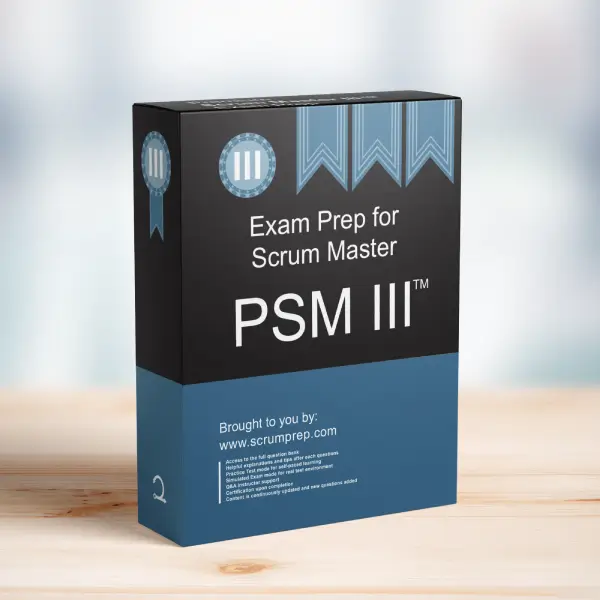Forming Scrum Teams from a Large Group
Creating effective Scrum Teams from a large group of 100 people requires careful consideration of skills, personalities, and team dynamics. As a Scrum Master, your goal is to form self-managing, cross-functional teams that can work collaboratively to deliver value.
Exam Question
People have different skill sets, personalities, attitudes, and ability to work in teams.
A project is going to use a group of 100 people.
You are the Scrum Master.
How would you devise who would be on which teams?
Explanation
Key Considerations for Team Formation
- Cross-Functionality: Scrum Teams should be cross-functional, meaning each team should have all the skills necessary to deliver a potentially releasable Increment by the end of the Sprint. This includes Developers with various technical skills, testers, and potentially UX designers, depending on the product needs.
- Self-Management: Scrum Teams are self-managing, meaning they decide internally who does what, when, and how. It’s important to form teams that can work autonomously with minimal external dependencies.
- Team Size: The optimal team size in Scrum is typically 3 to 9 members. Smaller teams might lack the necessary diversity of skills, while larger teams can struggle with communication and cohesion.
- Personalities and Team Dynamics: Consider the personalities and working styles of the individuals. Teams benefit from a mix of extroverted and introverted personalities, as well as a balance of experience levels. It’s essential to create teams where members can communicate effectively and collaborate well.
Steps to Forming Teams
- Self-Selection: Allow team members to self-select based on their skills and interests. This can foster a sense of ownership and increase motivation. However, as a Scrum Master, you should guide the process to ensure that all teams are balanced and cross-functional.
- Facilitate Discussions: Organize workshops or discussions where people can express their preferences for team roles and identify where their skills would be most valuable. This can help in forming teams that are both balanced and motivated.
- Use a Skills Matrix: Develop a skills matrix to map out the technical and domain expertise of each person. This can help in ensuring that each team has the necessary skills to be self-sufficient.
- Monitor and Adapt: After forming the teams, observe how they function during the initial Sprints. Be prepared to make adjustments if certain teams are struggling with skills gaps or team dynamics.
Relevance to the PSM III Exam
In the PSM III exam, demonstrating an understanding of team dynamics, cross-functionality, and self-management is crucial. The ability to form effective Scrum Teams from a large group highlights your capability as a Scrum Master to facilitate the successful application of Scrum in complex environments.
Key Takeaways
- Cross-functionality is key to forming effective Scrum Teams, ensuring each team has all the skills needed to deliver a working Increment.
- Self-management allows teams to organize themselves around their work, so consider how to enable this when forming teams.
- Balance team size to maintain effective communication and collaboration, aiming for 3 to 9 members per team.
Conclusion
Forming Scrum Teams from a large group requires careful planning and consideration of skills, personalities, and team dynamics. By facilitating self-selection, using tools like a skills matrix, and being willing to adapt as teams begin working together, you can help create teams that are not only effective but also motivated and self-managing. For more strategies on leading Scrum Teams and preparing for the PSM III exam, visit our Scrum Master PSM III™ Exam Prep.


